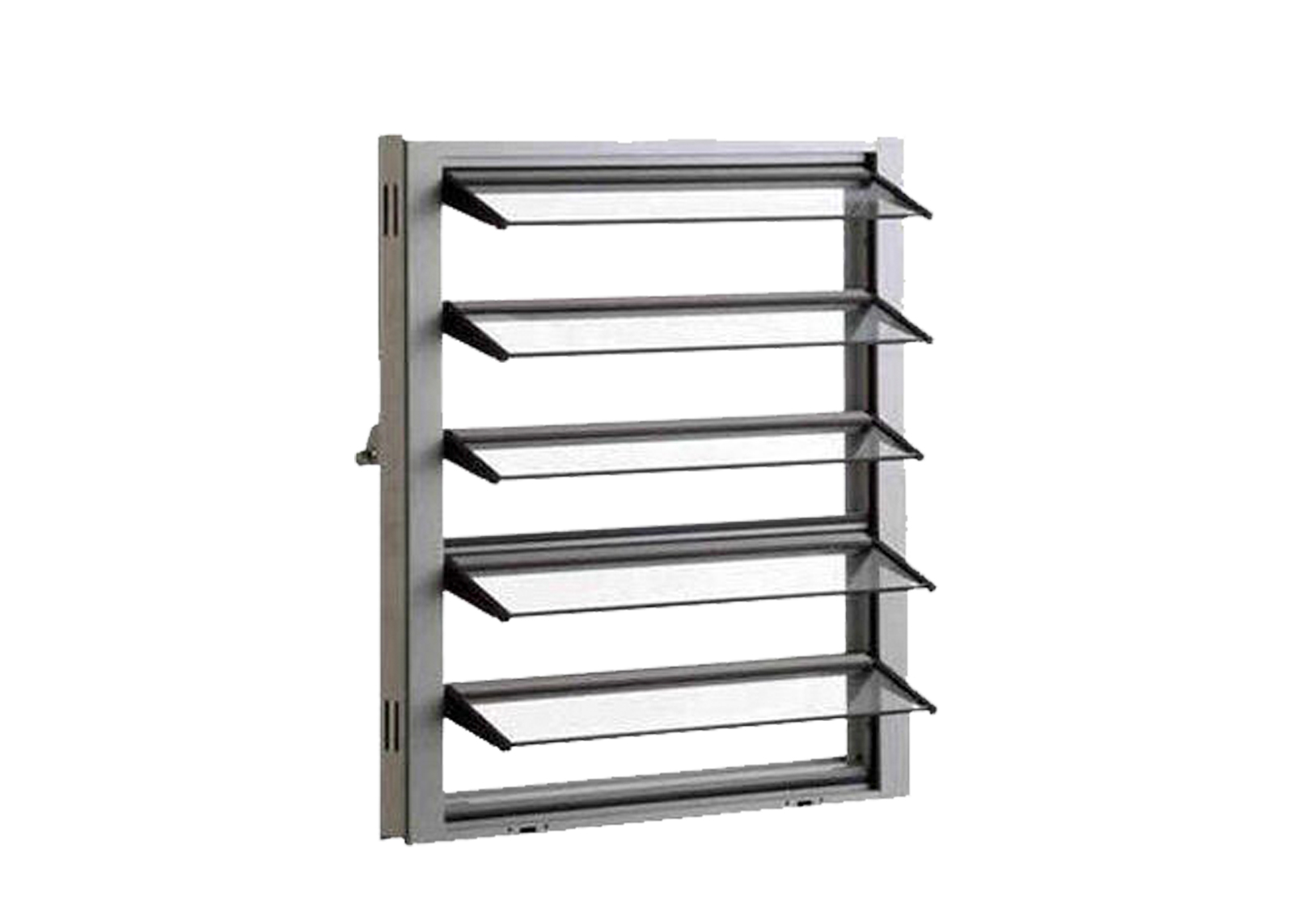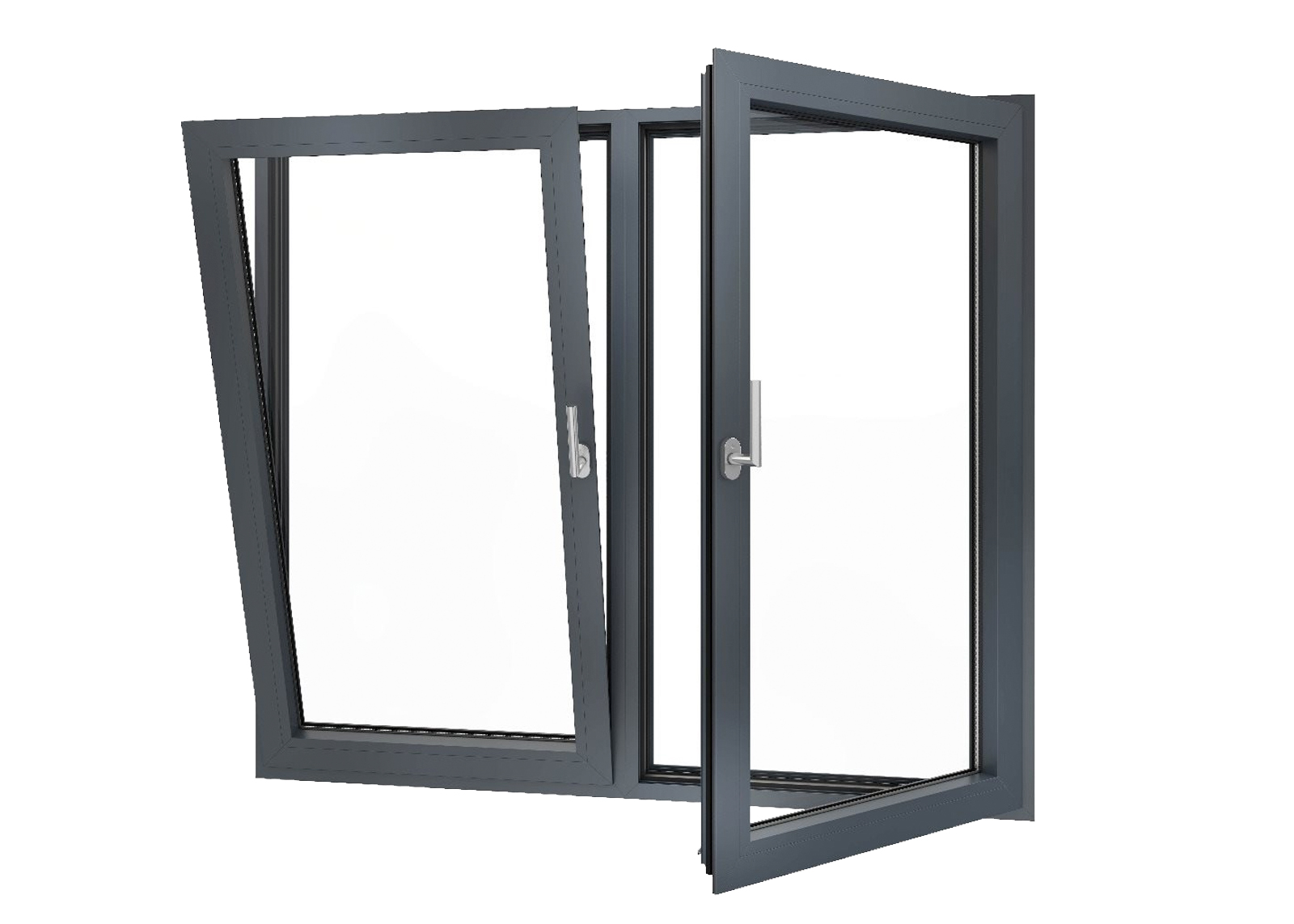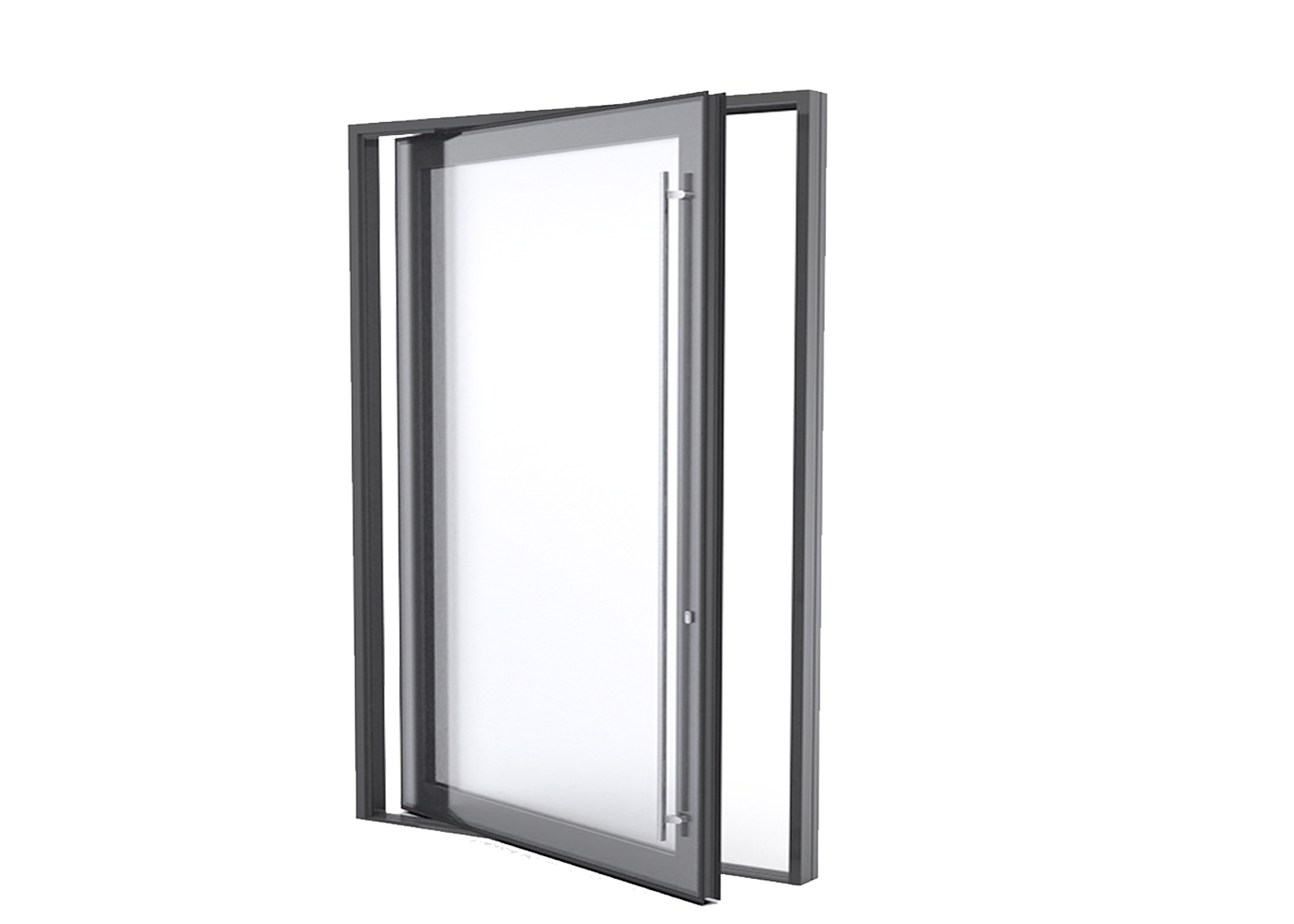Upgrade to Energy Efficient Windows: A Smart Investment
Beautiful windows are possibly the most complex and interesting elements in the fabric of our homes.
They provide light and fresh air, and offer views that connect our interior living spaces with the great outdoors. However, ordinary windows can also represent a major source of unwanted heat gain in summer and significant heat loss in winter.
Today, remarkable new framing and glazing materials have changed the energy performance of windows in a radical way.
Energy efficient windows will make your home more comfortable, dramatically reduce your energy costs and help to create a brighter, cleaner, healthier environment.
At ROPO, we are focused on improving the energy efficiency of all our windows and have produced this guide to explain everything you need to know U-values and SHGC and what an energy efficient window is made from.
What is Energy Efficient Windows?
Also known as energy-saving windows, energy-efficient windows are designed to prevent heated or cooled air from seeping out of the interior living spaces of your home. This means that during winter, they help to keep your home consistently warm, whilst, during summer, they work to maintain the indoor air comfortably cool. The superior insulation they offer thereby reduces your home energy usage — and, of course, your bills!
Not just any type of window may be considered energy efficient. Energy efficient windows possess the following features:
High level of resistance to airflow: Air carries heat or cold with it; therefore, the more resistant a window is to airflow, the more durable and energy efficient it is.
Low solar heat gain coefficient: Energy-efficient windows can block harmful sun rays effectively.

How do Energy Efficient Windows and Doors Work?
Various factors come into play when determining energy efficiency of buildings, with windows forming only one part of the “whole of house” calculation. Floor plan and design of the house, eave projection, size of orientation of the windows/doors and the amount of cross-flow ventilations are all taken into consideration.
It is important to understand that heat energy can be transferred into or out of your home in two ways – Conduction and Radiation. The energy efficiency of a window system is expressed in terms of how well the window insulates against both.
The U-value expresses how well the window insulates against the transfer of heat through a window or door; it is a measure of conductive heat transfer. The lower the number, the better the window or door performs at reducing the transfer of heat. Timber windows and doors perform better than aluminium, which is a poor insulator due to its high thermal conductivity.
The Solar Heat Gain Coefficient (SHGC) is the amount of heat generated from direct sunlight passing through the glass. During summer the lower the SHGC number, the better the window or door will perform at reducing the amount of heat gain through the glass and thus radiant heat being absorbed into the room. The opposite of this applies to homes in winter where a higher SHGC number is desirable, allowing passive heating via more sunlight to improve the energy efficiency of a home.
What Makes an Energy Efficient Window?
The aim of an energy efficient window is to reduce the need to consume energy in a home through heating or cooling a room.
Energy efficient windows are constructed so they reduce as much heat loss as possible. They can also be constructed to reduce as much heat gain as possible, where overheating is an issue e.g. large south west facing windows.
There are three parts to a window that contribute to energy efficiency:
Frame
Construction
Glass
Frame Material
Apart from the glass, the material used in the frame makes a difference in heat loss from the window. The thermal conductivity of the frame contributes to how much heat is transferred from a room to the outside. Wood has a low conductivity and metals have the highest thermal conductivity. Modern aluminium profiles have been developed with an internal thermal break that makes them much more efficient. uPVC windows are still among the most energy efficient available and have insulating five-chamber profiles that reduce thermal conductivity.
Construction
The distance between the panes of glass makes a difference in thermal conduction and heat loss through the glazed area. A sealed unit filled with an inert gas such as Argon has a lower transmission and is more efficient. A unit with wider spaced panes of glass is also more efficient.
The spacer bar used to separate the panes of glass also acts as a thermal bridge to conduct heat. Older double glazed units with aluminium spacer bars have a high conduction rate and are not efficient enough to meet today's standards. Modern spacer bars known as 'warm edge' are made from a steel-reinforced polymer and reduce thermal conductivity to an acceptable level.
Glass
The glazing is the most significant part of a window and makes a big difference in efficiency and performance. All glass is not the same and there are several types of glazing that all have specific uses.
Low-E glass has a metal oxide micro-coating. This allows the shortwave radiation solar gain from sunlight into a room but reflects the longwave radiation back into the room.
ROPO Energy Efficient Windows and Doors Frame



Energy Efficient Windows and Doors Ratings
When selecting efficient windows and doors for your home or building project you will often be required to comply with certain performance values for energy efficiency. That is – you may be asked to select windows and doors with a specific Uw Value or Solar Heat Gain Co-efficient. In order to comply the window system must perform to the set parameters. It’s important to note, that these values are “whole window values”, not glass alone.
U-VALUE
The U-value is the measure of how much heat is transferred through the window. The lower the U-value the better the insulation properties of the aluminium window – the better it is at keeping the heat or cold out. In all cases regardless of climate zone an aluminium window with good insulation properties will help to improve the comfort of your home. To comply with energy reports U values must be Lower than or equal to that specified in the report.
SHGC
Solar Heat Gain Coefficient or SHGC is a measure of how much solar radiation passes through the window. In a cool climate, windows which have a high SHGC allow a greater amount of solar radiation to pass through, offering free solar heating for the home. Glass selection has a considerable effect on the SHGC of a window or door. To comply with energy reports. The SHGC must be within 10% of the set value.
What is the Window Energy Rating Scheme (WERS)?
The Window Energy Rating Scheme (WERS) allows for the rating and labelling of windows for their annual energy impact on a household anywhere in Australia.
Window makers who want to participate in the WERS scheme need to get energy ratings for their products. Rating organisations accredited by the Australian Fenestration Rating Council (AFRC) are authorised to give these ratings.
This simple and accurate energy rating system can help home and building owners choose products that satisfy their energy efficiency requirements.
Why U-values Are Important?
Different needs have specific requirements. For example, in cold rooms with no direct sunlight, reducing heat loss is more important than capturing solar gain. On the reverse, rooms that have direct sunlight in summer, need to reduce the solar gain to stop overheating.
Why we think U-values are important for windows:
A window with a low U value will lose less heat from a room and have the most direct impact on room comfort.
A house built with low U-value building components will use less energy and saves money on energy bills.
Good U-value building components increase the surface temperature on the inside which is critical in preventing surface mould growth.
Good U-values also improve the indoor thermal climate and create healthy buildings for their residents.
Choosing energy-efficient windows can help lower your energy bills and reduce your carbon footprint.
ROPO Energy Efficiency Windows Style?


At ROPO, Energy Efficiency Windows Is at the Core of What We Do
When you choose ROPO energy efficiency windows and doors, not only do you make your home warmer / colder and reduce your energy bills, but you also reduce your CO₂ emissions by consuming less energy to heat your home. We ensure an environmentally friendly manufacturing process.



























